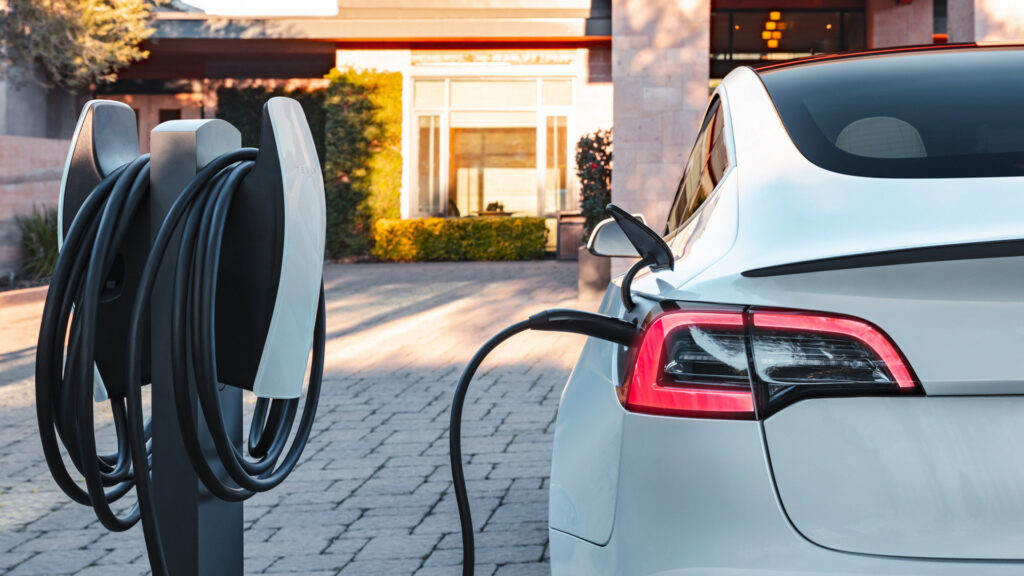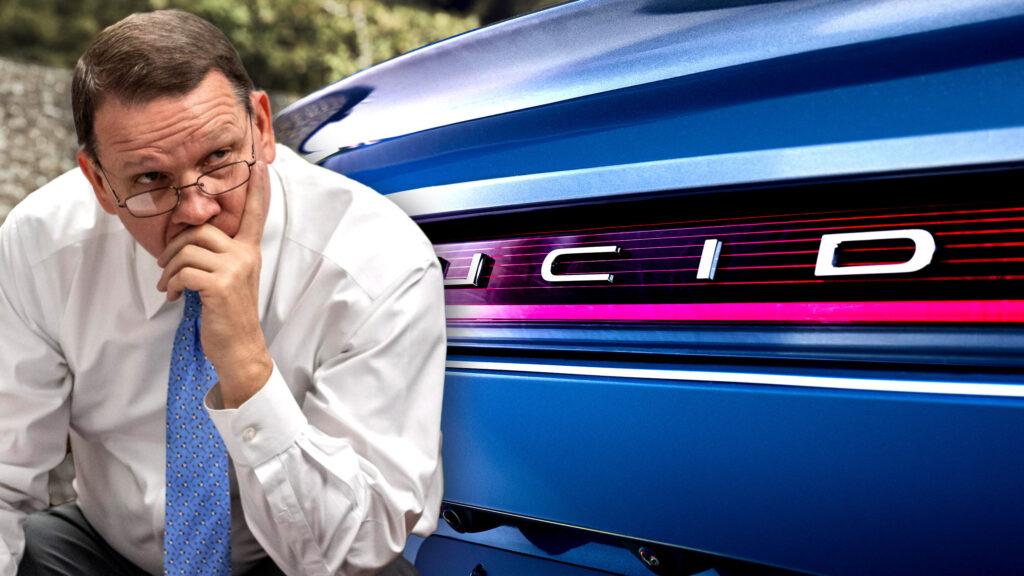A Purchasing Method Worth Considering: The Fixed Forward Fuel Contract
Fuel cost and fuel economy are always on the mind of school bus operations managers. With all the excellent business practices and school bus options promoting fuel efficiency, why don’t we take a moment to consider the idea of a fuel purchasing strategy to manage the volatility of fuel price and delivery during the school year.
Fix the price on a portion of your budgeted fuel purchase for the school year on a large portion of fuel and lock in on guaranteed delivery volumes to reduce the risk of a volatile fuel market. This practice is called a fixed forward fuel contract, the focus of this article.
Background
When I was vice president of purchasing for a large school bus operator, we used the fixed forward fuel contract process to lock in a portion of our fiscal year fuel supply. With the help of a supplier partner, we timed the optimum opportunity and entered into a contract to lock in fuel prices, and deliver a percentage of our total fuel usage for the upcoming school year. In doing so, we also left room in our annual fuel budget to withstand any potential downward trend in market price volatility.
Because of our fleet size and geographic footprint, it was not practical to enter a 100-percent supply purchase contract. We fixed only 50 percent of our fuel needs. During our first year of the fixed contract, we did experience unexpected volatility in market pricing. Because we had locked in pricing and delivery guarantees on a significant volume of our fuel and budgeted that fixed cost, an unexpected fuel price increase on the non-contract fuel was offset by the lower contract rate.
Our operating budget was achieved for the fiscal year. What did we learn? A typical fuel fixed price contract determines a set price per gallon delivered for a specified amount of time agreed upon by both parties. Fuel prices may fluctuate during that time, but the quantity and price you pay per gallon stays the same, due to the fuel contract in place. This guarantees supply and contributes to managing a budget and saving on overall fuel expenses.
By embracing this type of fuel purchasing practice and leveraging OEM technology solutions, school bus operators can enhance operational efficiency, reduce costs and achieve their sustainability objectives in a changing energy landscape.
Components of a Fixed Fuel Price Contract
Whether you are purchasing diesel fuel, gasoline, propane, or another refined product, a fuel contract involves both a buyer and a seller. You, as the buyer, determine the average amount of fuel you need when and where. The seller guarantees timely delivery. When you enter into a fuel contract, understand your fuel needs. Daily, weekly and monthly consumption is key to avoiding overpromising or exceeding expected usage. It is never a good idea to contract 100 percent of your expected volume.
Confidence in your supplier is also a key aspect of entering into a fuel contract. Your supplier will help you to understand all the price components. The seller will provide you with a quote that should be based on the delivered price per gallon.
The price per gallon can vary by location depending on the type of fuel you need and market delivery conditions, such as crude oil pipeline cost to refineries, cost to ship to distribution storage tanks and delivery tanker cost from fuel storage terminals to your location.
Benefit No. 1: Decrease Volatility of Fuel Costs, Delivery
When you enter a fuel contract with a seller, you can spend less time worrying about fluctuating fuel market prices and availability.
A fuel contract can help ensure you always get fuel even when supplies are running low. When refineries or pipelines go down, it can cause scarcity and sky-high prices for the smallest of quantities. A fuel contract helps you lock in at a certain fuel price or price range, particularly when fuel market fluctuations may lead to higher prices for others.
Benefit No. 2: Better Forecasting
When you commit to a fuel price contract with a fuel seller, you can expect to avoid any unforeseen costs in- crease and can help protect your operating cost metric.
A fuel contract might take more work and expenses on the front end, but it can help you save significantly on future fuel prices in a market that is constantly changing.
Conclusion
School districts and bus companies that consume large volumes of fuel and do not investigate the variety of fuel contracts for a percentage of their fuel costs generally believe one of the following:
1. The district or company can pass on any and all increases in fuel prices to their taxpayers/customers, without a negative impact on their operating cost performance metric.
2. A downside of using fixed supply and price forward contracts is missing favorable fuel market cost reduction movements. One of the main risks of using a forward contract is the potential to miss out on favorable cost reductions. Once you lock in a rate, you must trade at that rate, despite any favorable market changes.
3. The district/company is confident that fuel prices are going to fall, and it is comfortable paying a higher price for fuel. In fact, that type of analysis proves all too often to be incorrect.
Use this article for an interesting and potentially worth while discussion with your fuel suppliers. Ask them for an opportunity to learn more details and explore the options they may have for supplier price and delivery contracts that best suit your school year fuel needs.
Be cautious. If the fuel supply market is highly volatile, a fixed forward contract can provide stability. However, in a stable or strengthening market, you might benefit more from spot transactions or more flexible options available from your fuel supplier.
Your fuel distributors wholesale supplier, oil companies and others all have sales departments dedicated to these methods of selling fuel.
Editor’s Note: As reprinted in the May 2025 issue of School Transportation News.
 Robert Pudlewski is STN’s technical editor and a member of the National School Transportation Association Hall of Fame in recognition of his 40-plus-year career as a school bus maintenance, technology and procurement expert.
Robert Pudlewski is STN’s technical editor and a member of the National School Transportation Association Hall of Fame in recognition of his 40-plus-year career as a school bus maintenance, technology and procurement expert.
Related: Indiana Leader McKinney Discusses Alternate Fuels, School Bus Driver Shortage
Related: Cleaner Fuel Makes a Difference for a Thousand Schools
Related: C-V2X Technology Promises School Bus Time, Cost Savings
Related: (STN Podcast E189) Future of Fuel: School Bus Energy Options, Electric Updates From NY District
The post A Purchasing Method Worth Considering: The Fixed Forward Fuel Contract appeared first on School Transportation News.
















































